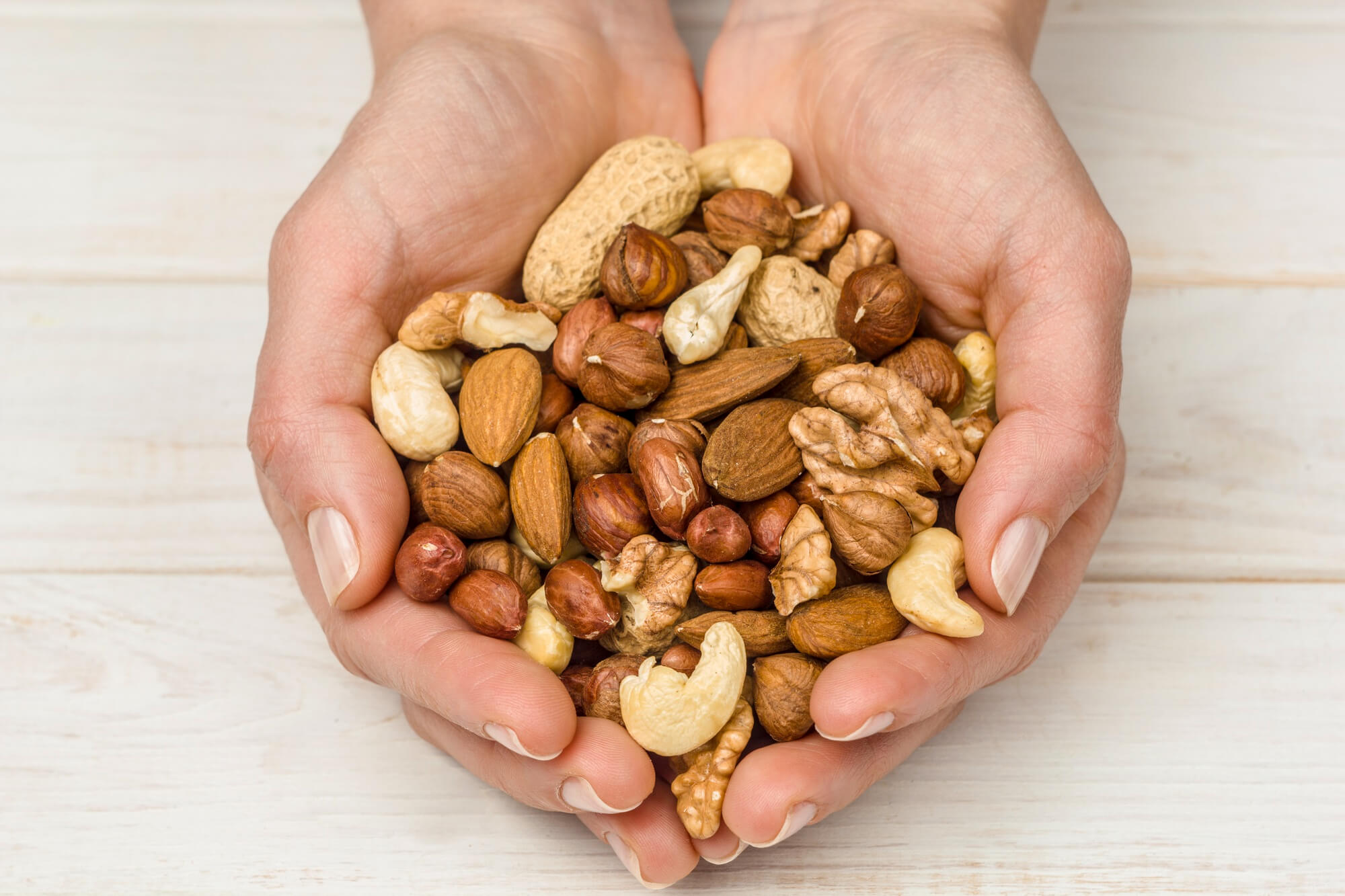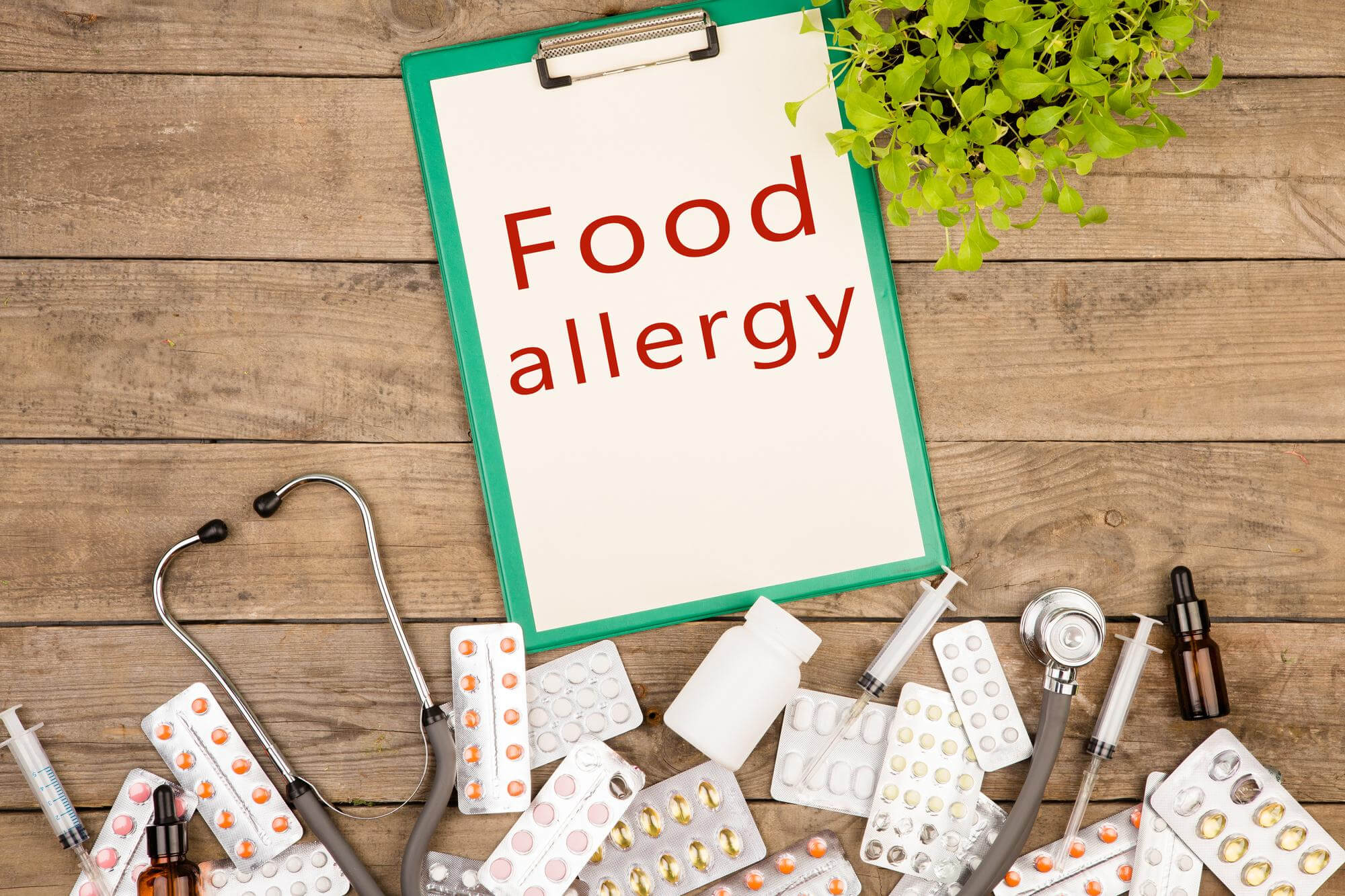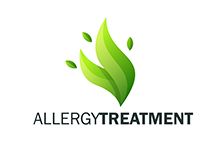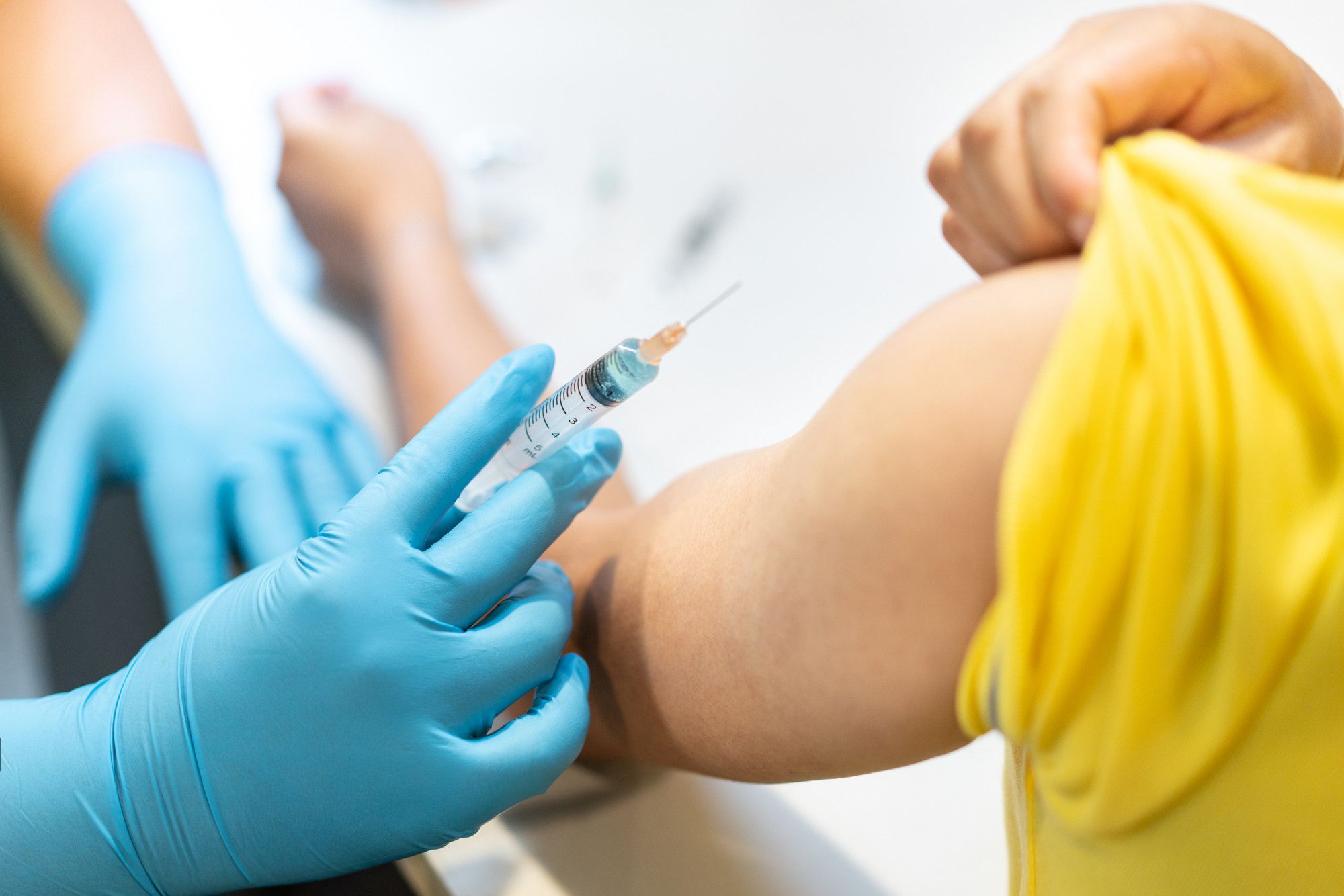Food allergies: what you need to know


Eva Zakharova
Food allergies are a common disease that occurs in both adults and children. In this article, an experienced allergist will explain in detail about food allergies: symptoms, signs, treatment, and prevention.
A food allergy is the body's immune response to certain allergy-causing foods. Among the most common allergens are eggs, dairy products, nuts and seeds.
Symptoms of food allergies
Food allergies show a variety of symptoms, including skin and facial rashes, itching, swollen mucous membranes, gastrointestinal disorders, respiratory problems and anaphylactic shock. Symptoms may occur at different times after contact with the allergen, from a few minutes to a few hours.
Food allergies occur in about 5% of adults and 8% of children. That said, some types of allergies may go away with age, while others remain throughout life.
Common types of food allergies
Egg allergies

Egg allergies are one of the most common food allergies, especially among children.
An egg allergy is caused by an immune reaction to the proteins in the egg. Most allergic reactions are related to egg white proteins, although some people react to egg yolk proteins as well.
Egg allergy symptoms may include skin manifestations such as rashes, itching and swelling, diarrhea, vomiting, runny nose, difficulty breathing and anaphylactic shock. They may occur immediately after an egg is eaten or several hours later.
Treatment of egg allergy includes avoidance of foods containing eggs, and use of antihistamines and glucocorticosteroids if necessary. In case of anaphylactic shock it may be necessary to administer adrenaline (epinephrine). For prevention, it is advisable to read the composition of products carefully and avoid cross-contamination.
Allergy to dairy products

Dairy allergy is another common type of food allergy, especially in children.
Dairy allergy results from an immune reaction to milk proteins such as casein and whey protein. It differs from lactose intolerance, which is a disorder in the digestion of the milk sugar, lactose.
Symptoms of allergy to dairy products may include skin manifestations (rash, itching, swelling), GI disorders (diarrhea, bloating, vomiting), runny nose and difficulty breathing. Rarely, anaphylactic shock is possible.
Treatment of allergies to dairy products is based on their complete elimination from the diet. Drug treatment may include antihistamines, glucocorticosteroids and, if necessary, adrenaline. epinephrine. For prevention, it is advisable to study the composition of the food carefully, choose alternative sources of calcium and avoid cross-contamination.
Nut and seed allergies

Nut and seed allergies are also common food allergies and can be life-threatening as they often cause anaphylactic shock.
Nut and seed allergies are caused by an immune reaction to the proteins in these foods. Allergies can develop to different types of nuts and seeds, such as peanuts, almonds, walnuts, cashews, sunflower seeds, and sesame seeds.
Symptoms of nut and seed allergies range from skin manifestations (rash, itching, swelling) to gastrointestinal disorders, respiratory problems, and anaphylactic shock. Symptoms may occur a few minutes after contact with the allergen or after several hours.
Treatment of nut and seed allergies is based on their complete elimination from the diet. If symptoms occur, antihistamines, glucocorticosteroids and adrenaline (epinephrine) may be used in case of anaphylactic shock. Prophylaxis includes studying product formulations, avoiding cross-contamination, and choosing safe alternatives.
Diagnosis of food allergies

Diagnosis of food allergies begins with history taking and physical examination.
The doctor examines the patient's skin and mucous membranes for rashes, swelling, itching, and other signs of allergies.
Various tests such as blood tests, skin tests and provocation tests may be performed to confirm the diagnosis of food allergies.
- Blood tests, such as determining immunoglobulin E (IgE) levels, help determine the presence of antibodies specific to certain allergens.
- Skin tests involve applying a small amount of the allergen to the skin and evaluating the reaction. If redness and itching occurs, it may indicate an allergy.
- Provocation tests involve gradually introducing small amounts of the allergen into the patient's body under a doctor's supervision and evaluating the reaction. These tests are the most accurate, but can be dangerous if there is a risk of anaphylactic shock.
Treating and preventing food allergies
The mainstay of food allergy treatment is avoiding foods that cause allergies. This includes reading food labels and avoiding cross-contamination.
Pharmacological treatment

Pharmacological treatment for food allergies may include antihistamines, glucocorticosteroids, and adrenaline (epinephrine).
Antihistamines such as cetirizine, loratadine, or fexofenadine can relieve the symptoms of food allergies by reducing itching, swelling, and redness.
Glucocorticosteroids, such as prednisolone, can be used in severe allergic reactions to reduce inflammation and swelling.
Adrenaline is a first aid for anaphylactic shock. It should only be used as prescribed and under medical supervision.
Immunotherapy
Immunotherapy can be used to reduce sensitivity to allergens. It includes oral immunotherapy and sublingual immunotherapy.
Oral immunotherapy consists of taking small and gradually increasing doses of an allergen under the supervision of a physician. It can help reduce sensitivity to allergens and reduce allergy symptoms.
Sublingual immunotherapy involves placing an allergen tablet under the tongue, where it is absorbed through the mucosa. This method may be less invasive than oral immunotherapy, but also requires physician supervision.
Proper nutrition for food allergies

Replacing allergenic foods involves using alternative foods that do not cause allergic reactions.
- Bananas, applesauce, flax seeds or chia seeds whipped with water can be used instead of eggs as a substitute when baking.
- Instead of dairy products, you can use plant-based milk, such as almond, coconut, rice or soy milk, as well as coconut oil and vegetable cream.
- If you are allergic to nuts and seeds, you can use sunflower seeds, pumpkin seeds, as a substitute in cooking and baking.
A balanced diet for food allergies should include adequate amounts of proteins, carbohydrates, fats, vitamins, minerals, and water.
Maintain a water balance by drinking enough water throughout the day, especially if you are allergic to food additives and preservatives, which can contribute to dehydration.
Food allergies in children

Food allergies in children can have its own characteristics, such as age and the effects of breastfeeding.
Younger children may have more severe food allergies, and some children's allergies may subside with age or even disappear completely.
Breastfeeding can reduce the risk of food allergies in children, especially if the mother follows a hypoallergenic diet.
Early diagnosis and prevention of allergies in children
Timely diagnosis and prevention of allergies in children can help prevent the development of allergies and improve a child's quality of life.
Rational introduction of allergenic foods into the child's diet from a certain age can help prevent the development of allergies to these foods.
It is important to carefully monitor the child's reaction to the new foods and, if allergic reactions occur, contact the doctor immediately.
Treating food allergies in children
Treatment of food allergies in children includes adapting children's menus, pharmacological treatment, and monitoring for possible remission of the allergy.
When preparing a child's menu, it is important to consider the foods that cause allergies and to replace them with safe alternatives in order to ensure a balanced and varied diet.
Pharmacological treatment of food allergies in children includes the use of antihistamines, glucocorticosteroids and adrenaline (epinephrine) as first aid in severe allergic reactions.
In some children, food allergies may subside with age or even disappear completely. It is important to have regular check-ups with an allergist to monitor the condition and adjust treatment.
In conclusion, food allergies are a serious condition that requires a careful approach to diagnosis, treatment, and prevention. Through timely diagnosis and comprehensive treatment that includes allergen avoidance, pharmacological therapy and immunotherapy, most people with food allergies can lead fulfilling lives. It is important to pay special attention to food allergies in children, as timely diagnosis and prevention can prevent allergic reactions and improve the quality of life of the child.
New materials
Popular Articles
We recommend reading
Contact us in the Contact Us section to ask questions, offer ideas, or for more information about our allergy resource.
Our articles are your trusted source of allergy knowledge. Learn how to make life with allergic reactions easier on our specialized portal.
©
Lechenie-Allergii.com. All rights reserved.
© Lechenie-Allergii.com. All rights reserved.
The information on this site is for informational purposes only and is not a substitute for professional medical advice. We recommend consulting with qualified medical professionals for accurate information and advice.
 English
English  Українська
Українська  Русский
Русский 









